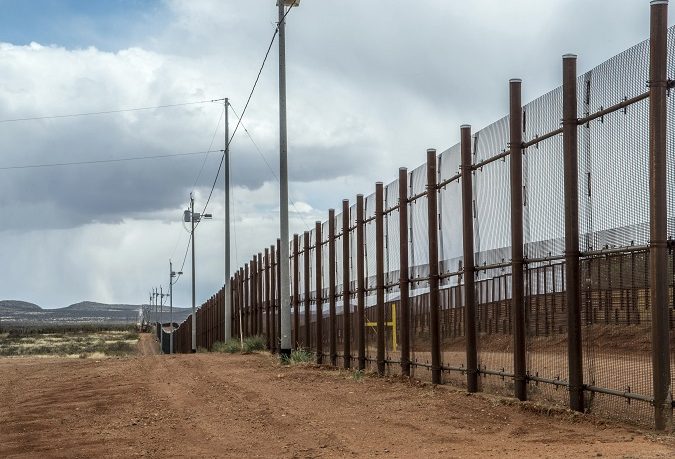The Wall Street Journal’s shaky standing on immigration slipped again this week when it employed outdated data and a nonsensical argument to bemoan the latest migrant deaths along America’s southern border.
The Journal’s editorial, “The Body Count at the Border,” cried crocodile tears over the “broken U.S. immigration system.” It then misdiagnosed the problem by 180 degrees.
Citing a report from the National Foundation for American Policy, the newspaper noted that the number of deaths along the Mexican border “increased by about 80 percent between 1999 and 2012, even as apprehensions plummeted by more than 75 percent.”
Ignoring the commonsense conclusion that reduced enforcement opens the door to more chaos, carnage and death, NFAP and the editorialists advocate less restrictive immigration laws and endless work visas.
The Journal should do a better job of vetting its sources. NFAP, which ginned up the “7,000 Deaths and Counting” report, presents itself as a “non-partisan organization dedicated to public policy research on immigration.” Do not confuse non-partisan with non-biased.
NFAP executive director Stuart Anderson was formerly director of trade and immigration studies at the libertarian Cato Institute, an open-borders shop also frequently used by Journal commentators. The Board of Advisors includes:
- Spencer Abraham, an immigration enthusiast from his days as a U.S. senator from Michigan.
- Jagdish Bhagwati, former special adviser to the U.N. on Globalization and current external adviser to the World Trade Organization.
- James Ziglar, commissioner of the old U.S. Immigration and Naturalization Service. Ziglar, who, upon taking the job, admitted that he had “no discernible experience in immigration law and policy.” Quitting after barely a year, Ziglar served during the time when NFAP deduced that security had deteriorated at the border.
Instead of relying on immigration dilettantes, globalists and special-interest pleaders, the Journal would serve its readers better by listening to Thomas Homan, on the front lines at U.S. Immigration and Customs Enforcement.
Amid a proliferation of “sanctuary” cities – not once mentioned in NFAP’s dated report — Homan is considering charging local officials under anti-smuggling laws. That would give added punch to the financial sanctions recommended by U.S. Attorney General Jeff Sessions.
Insofar as sanctuary policies abet human trafficking and invite more illegal border crossings, resolute enforcement of federal law is crucial to fixing America’s “broken immigration system.” Anything else is political pandering that needlessly endangers lives.





1 Comment
REDUCING DEATHS AT THE MEXICAN BORDER
Even one person dying in the effort
to get into the USA is too many.
Besides better enforcement of the physical border,
here are some other policy changes
to reduce the DRAW of living in America.
(1) Return more Mexicans to their homeland.
As the towns and villages of Mexico
begin to experience more people returning from the USA,
everyone else in those communities
will realize that attempting to move to America
is not such a good plan.
When about half of the Mexican nationals
now settled in the USA
are returned to Mexico,
many Mexicans will abandon their plans
for moving to America.
(2) Strengthen work-authorization methods.
Almost all of the Mexicans who cross into the USA
do so in hopes of making a better life for themselves.
They want jobs to support themselves and their families.
U.S. laws already prohibit them from working.
An electronic list of all authorized workers
should replace the flawed systems
of papers and cards now used to seek employment.
Fake documents will become useless
when all authorized workers
are listed in a very secure electronic database.
(3) Use expedited removal more vigorously.
U.S. law already allows immediate return
of all foreign nationals
who cross the border without permission.
Let the hearing for asylum
take place on the SAME DAY as the crossing.
If do-it-yourself immigrants
are returned to Mexico within 24 hours,
most people who hear of this new policy
will be discouraged from trying.
Careful records should be kept
for each Mexican citizen put back across the border.
Then, if this same person tries again,
a short time in JAIL followed by return to Mexico
should make crossing without permission less attractive.
Read more about electronic work-authorization:
https://s3.amazonaws.com/aws-website-jamesleonardpark—freelibrary-3puxk/CY-WORK.html